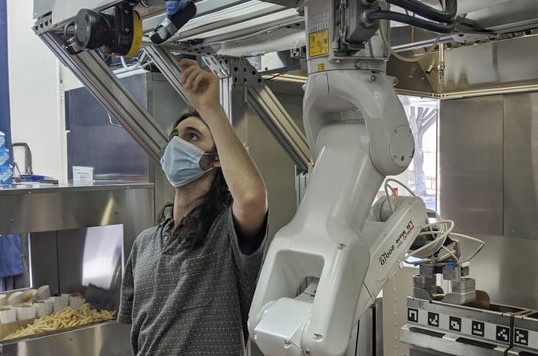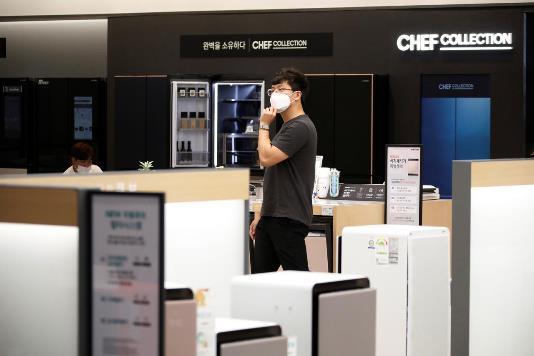
Top 5 mixer grinder in Nepal
"The culture of mixer grinders and food processors is increasing in Nepal."
There are several brands that sell mixer grinders in Nepal. Some are cheap yet acceptable in quality whereas some are quite expensive yet don't suffice the quality as the price. Every brand has its premium to inferior goods considering the customer's capability.
Mixers Grinders, their quality, and customer satisfaction differ from person to person. A person who simply wants a smoothie with some fruits and milk will suffice with a battery-operated blender, whereas a person who wishes to mincemeat might need a higher quality grinder. Despite the difference in preferences, for regular household works the mixer grinders with 500W to 750W with higher speed calculated in RPM i.e. Rotations per Minute.
Some of the best mixer grinders in Nepal are-
Bajaj Mixer Grinder (GX3) 500W

It is one of the best mixer grinders by Bajaj that comes with 500-watt power and is best suitable for your day-to-day kitchen. It comes with 3 jars. Either for your marinating sauce or your iced coffee, it is best for everything. It is best suitable for- dry grinding, wet grinding, juicing, mixing.
Black and Decker food processor with grinder, mince & grinder 400 watt

The food processor by Black and Decker is an all-in-one package that has 7 accessories to perform 33 different functions. It has a 1.2L family-sized food processor bowl, a 1.5L with a detachable blade system. It has ice crushing capability, a Grinder mill, a Mince-Chopper mill, a Slicing and shredding disc, a kneading blade with a separate spatula, and a whisking attachment. It is a bumper combo that provides functions to do anything you want.
Philips food processor 750W (HR7761/00)

This model of Philips food processor 750 watt is has a plastic build with stainless steel blades. With its 750 watt power, it can easily grind fruits and nuts. It can be used for dry grinding to juicing the fruits. The processor has a capacity of 2.1 liters whereas the grinding flask has a 250 ml capacity.
Philips mixer grinder 750W

The HL7756 model by Philips is a 750-watt mix grinder made up of high-grade plastic build and stainless steel blades. The 750-watt powered mixer that comes with 3 jars is best suitable for your kitchen for both dry grinding and wet grinding.
Youwe mixer/ blender 750W

It is the cheapest mixer grinder in the list. The looks of this mixer/blender are not much alluring but the way it functions at 750 Watt power should be praised. It has a stainless steel body with green and white colors unlike the other glass and plastic-bodied mixer grinder in the list. It includes 3 stainless steel jars which can easily grind dry or wet ingredients.
Also Read:
10 THINGS YOU MUST HAVE IN YOUR KITCHEN
ELECTRIC KITCHEN APPLIANCES IN NEPAL
KITCHEN CABINET & DRAWER ORGANIZERS IDEA
TOP 5 EPILATOR IN NEPAL | 2020
BEST ONLINE SITES FOR ELECTRONIC GADGET PURCHASE IN NEPAL
DIFFERENT TYPES OF VACUUM CLEANERS AND THEIR FUNCTIONS





